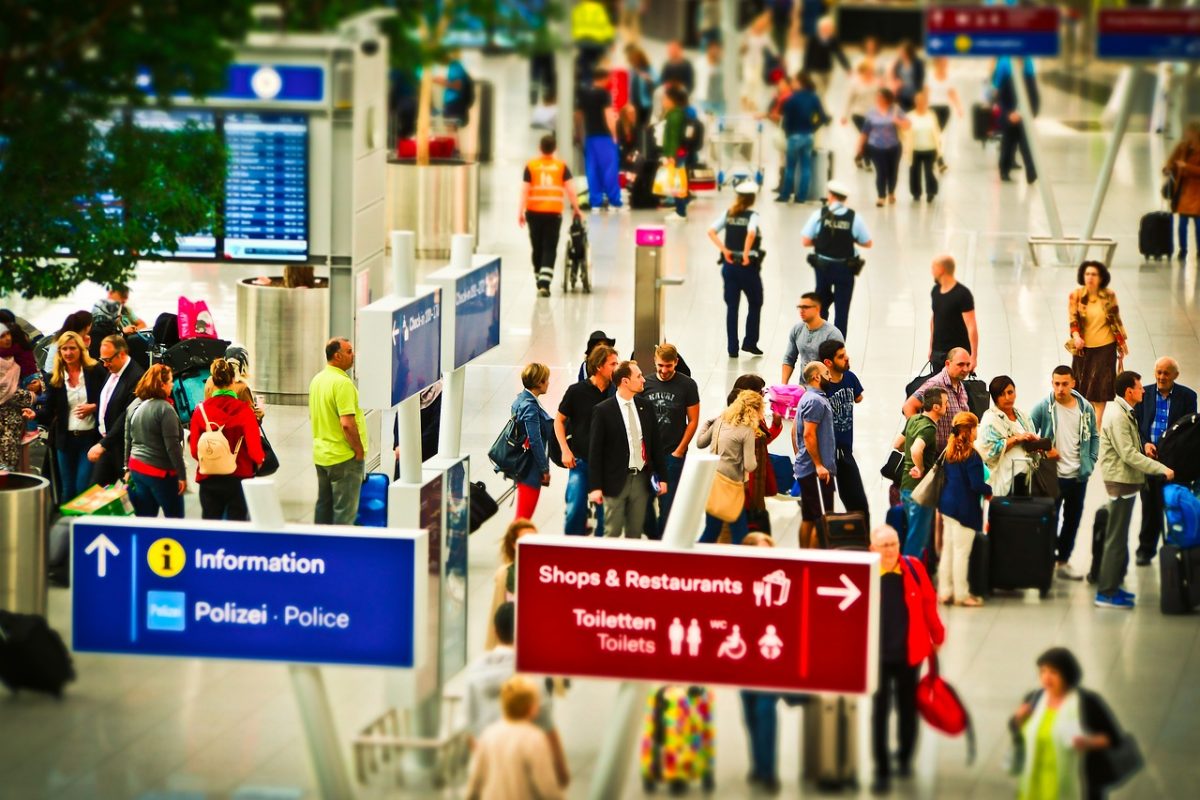Measuring Public Spaces: Customer Journey Tracking in Airports and other Public Venues
Measuring Public Spaces: Customer Journey Tracking in Airports and other Public Venues
By Gary Angel
|March 26, 2017

For this last stop in my whirlwind tour of customer journey tracking outside retail, I picked airports as a prototypical example of a public space. Airports are large, complex spaces with key chokepoints, broad wifi-coverage, and an interest in purely anonymous tracking. As with the vast majority of public spaces, there’s little or no interest in CRM type applications. We don’t need to know repeat visitor rates and don’t need to identify specific users.
For large public spaces, the business focus is almost exclusively on the proper layout and management of the physical space and supporting staff. In some cases, the full customer journey might be of significant interest. It would be useful, for example, to know how long it takes a typical flyer to check baggage, make it through security and get to a gate. It might also be interesting to see how many people get “lost” between key points – especially in international airports. But for a lot of location level analytics, point measurement will suffice. If you know the queue times at key chokepoints you can reasonably infer overall journey times and you can use the data to optimize each point.
For most of the applications I’ve considered – inside or outside retail – understanding the full customer journey is absolutely fundamental. But while I haven’t delved into the technology of tracking (yet), measuring the full journey complicates the tracking infrastructure. When you don’t need to track full journeys, it opens up point measurement solutions like camera and dedicated sniffers that might be too expensive to use if you needed to cover the entire facility. For any large space, this trade-off between point solutions and true journey measurement is important to consider.
Across all the use cases covered, I’ve concentrated on the measurement opportunities, and those opportunities in public spaces include better staff allocation, queue management, improved signage and facility design.
It isn’t just measurement, though. Customer-tracking technologies can help drive better crowd management strategies via real-time feedback. If you’ve been to Disneyland in the last five years, chances are you’ve used an app that tells you how long the lines are on every ride. It’s pretty useful (except when the park gets really crowded and the app can better be classified as ‘just depressing’) and it helps optimize the overall park experience for everyone. Most large airports have multiple gate entry points and some already display the wait times at each one – allowing passengers to self-steer and balance the lines. At others, I’ve been hand-directed by TSA staff or simply left to wonder if I’ve made a reasonable decision.
Incorporation of real-time crowd measurement into an App is potentially useful in almost any crowded environment – from event venues to resorts to sports arenas to large public spaces. And with so many companies looking for functionality to give their customers a real reason to download their app, this might not be a bad place to look.
For some people, customer experience is just a code word for maximizing sales. It’s not. And realizing that even purely public spaces have a real opportunity to use measurement to improve their operations is at least salutary.
Key Questions you can Answer with Customer Journey Tracking
- Are staff allocated properly on a consistent basis to maximize customer experience?
- Can information be publicly re-purposed to let individuals self-select journeys and optimize space usage?
- Are key journeys confusing for visitors?
- Are there unmet facility or concession needs based on area or day/time?
- Are there exogenous factors that can be used to better optimize operations and usage?
Summing Up
There really are exciting use-cases for physical journey measurement outside of retail. If you have interesting customer journeys and reasonably complex physical spaces, this is a type of measurement you should consider. The exact nature of your problems and opportunities will determine what kind of collection technology is best – and for the most part you should realize that the off-the-shelf software dedicated to retail probably won’t serve your needs. With the right kind of data feed, however, you can take advantage of standard analytics warehousing and data analysis capabilities to get the job done.
If you have questions about choosing the right technology, deploying it, or building customer journey analysis for your unique set of problems, drop me a line!